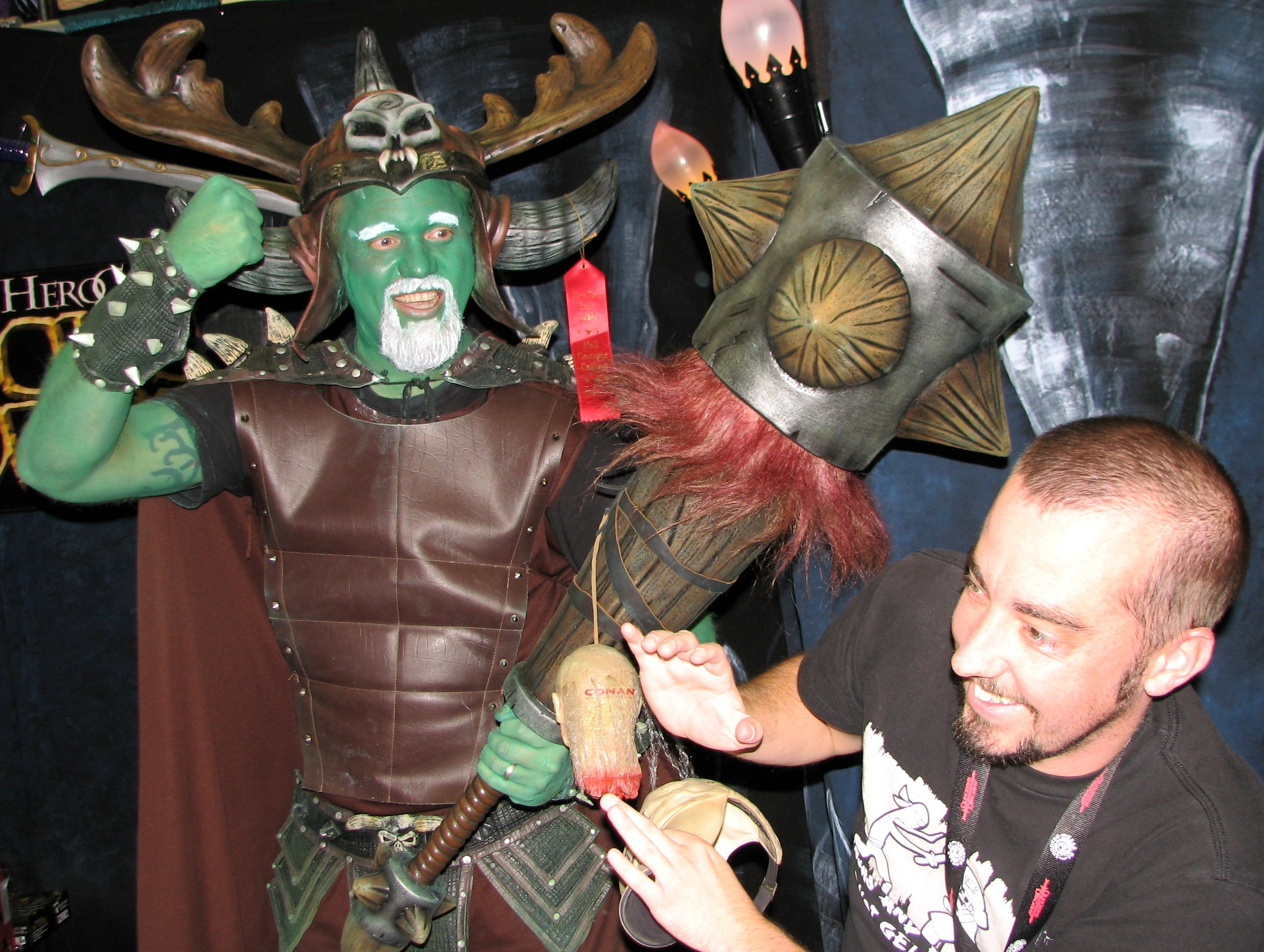Okay, so now that we’ve spent a whole week talking about writing game-related fiction, I’d like to round out this week o’ gaming by talking about the fundamental differences between game design and writing games. This is an often hotly-contested topic in many gaming companies, but really comes down to a very, simply idea and that is: writing is different from designing. The skills may be complementary, but often the two are not the same thing. Here’s why.
Game Design
When someone designs a game, they are planning out a mechanical system of rules that addresses the player, the environment the game takes place in, and the way that the player interacts with other players and that environment. Take UNO for example:
Player The holder of a set of cards
Environment The way the deck is laid out or: discard pile vs “play” pile
Player Interaction Player plays off of the cards in the environment and interacts with other players through a turn.
Okay, so that’s pretty easy to see where the design comes in because there’s this concept of adding and factoring in mathematical chance and…but wait? Does that mean that every game is designed based on math? In my opinion, great game design is based on a combination of math and logic (as in propositional logic) to keep players focused on that game. Let’s take a look at another less obvious game called the Kingdom of Loathing.
Player Paris the Fat, a pastamancer (Yes, that was actually my character name.)
Environment Kingdom of Loathing
Player Interaction Play is turn-based, where you interact with the environment and the environment mechanically responds based on different actions you take. Player may interact with other players by joining a “group” which offers a *stat benefit.*
Now, with games like these you can see where the design takes a different turn. The focus is on how the player interacts with the environment around her in order to follow the “rules.” This is where it gets confusing. In order to have rules for setting-rich environments, you have to describe those rules. Enter the writing aspect.
Writing Games
Sometimes, people who write games and people who design games are the same people, er…person. (You get what I mean.) When someone writes a game, they are either describing the environment for the player to play in, the type of character the player might play, or the rules. If the rules are established (like they are at larger companies) then it’s the writer’s job to translate those rules into a marketable, attractive setting. The game designer knows what kind of game they want because when done right, the rules are integral to the setting. The Star Wars: Knights of the Old Republic classic is a good example of this because within that game, a writer had to come up with dialog that would influence his (or her) Force rating. The way that a player chose to respond affected his character’s mechanics in game either for better or for worse. Here it takes a great amount of skill to come up with dialog that reflects subtleties of meaning — either positive, neutral, or negative — and not every game designer has that skill. Unfortunately, not every writer can design games either. Within the industry, rules can often get outdated as designers often try to remain current with different styles of play.
Besides dialog in video games, tabletop games often run the gamut of writing skills requiring technical, fiction, and nonfiction styles in order to put all the pieces together. The skills that game “writers” require are often different, because if a game designer is building the foundation or the structure of the game, the writing fills in the bricks, furniture, windows, and other elements necessary to what the game is supposed to be about. Game writers will often familiarize themselves with a game’s rules and setting in order to successfully contribute to a project; game designers will often do the same thing, but from their perspective. Sometimes, a game writer will be able to flesh out the setting like I typically do; other times, creative teams that include artists and other folk will map a game’s scenes out through storyboards while the game is being developed.
Hope that helps clear up the difference between the two. Keep in mind that the roles people have within the gaming industry varies depending upon the size of the company. This is true for any business, but especially true in this energetic, creative field. Happy gaming!
 This year marks the fifth year I’ve been active within the gaming industry as a freelancer. Within five years I’ve worked on two dozen games, dozens of reviews, attended approximately 35 conventions and gatherings, met hundreds if not thousands of people, spoke on panels, and built some awesome memories. Here are some of my take-a-ways from working in an industry saturated with creative people and a desire to have fun.
This year marks the fifth year I’ve been active within the gaming industry as a freelancer. Within five years I’ve worked on two dozen games, dozens of reviews, attended approximately 35 conventions and gatherings, met hundreds if not thousands of people, spoke on panels, and built some awesome memories. Here are some of my take-a-ways from working in an industry saturated with creative people and a desire to have fun. 